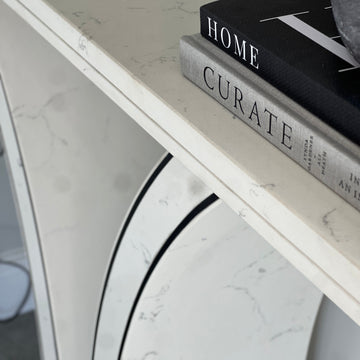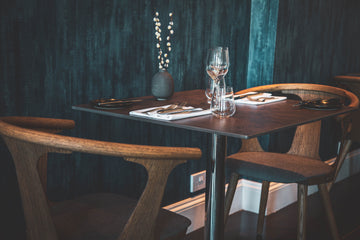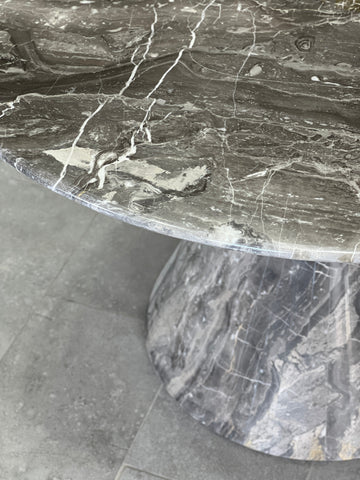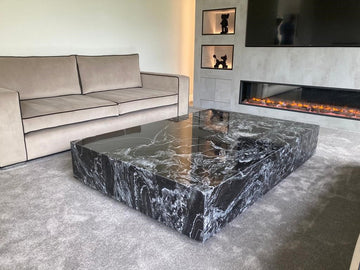How to Care for Quartz Furniture & Surfaces
Quartz is one of the most popular choices for modern interiors thanks to its durability, elegance, and low-maintenance nature. Whether you’ve invested in quartz furniture or quartz worktops, the right care will keep your surfaces looking pristine for years to come.
In this guide, we’ll cover everything you need to know about cleaning quartz surfaces, removing stubborn stains, and protecting your investment.
Why Quartz Furniture Is Easy to Maintain
Quartz is a non-porous material, which makes it highly resistant to everyday stains, scratches, and bacteria. Unlike natural stone, quartz does not need sealing or polishing. A simple cleaning routine is enough to keep it hygienic and sparkling.
Daily Quartz Cleaning Tips
For everyday cleaning of quartz furniture and worktops:
-
Use warm water and a mild antibacterial spray or detergent.
-
Wipe down with a soft cloth or sponge.
-
Dry thoroughly to prevent streaks or water spots.
👉 Avoid using washing-up liquid daily, as it may leave a thin film of residue that marks the surface over time.
How to Remove Stubborn Stains on Quartz
Even with its stain resistance, certain marks may need extra care. Here are the best methods for removing stains from quartz:
1. Grease Stains
-
Apply CIF Original Cream.
-
Leave for 2 minutes.
-
Gently scrub with a soft scouring pad.
-
Rinse thoroughly and dry.
2. Tough Stains
-
Apply CIF Original Cream to the area.
-
Leave for 2 minutes.
-
Scrub with a pad suitable for ceramic hobs.
-
Rinse with plenty of water and dry.
3. Limescale & Glass Marks
-
Apply an anti-limescale product (e.g., Viakal).
-
Leave for 1 minute.
-
Rinse and dry.
⚠️ Only use on the quartz surface – not on taps, sinks, or fixtures.
4. Silicone & Putty Marks
-
Scrape gently with a blunt spatula.
-
Use a solvent-based silicone remover (without dichloromethane).
-
Scrub lightly, rinse, and dry.

Protecting Quartz from Heat
Quartz is tough, but it’s not invincible. Heat can cause thermal shock and lead to cracks or discolouration.
-
Never place hot pans or trays directly on quartz.
-
Always use trivets, pan stands, or tablemats with rubber feet.
Preventing Quartz Surface Damage
Quartz is resistant to knocks, but:
-
Be careful around pointed corners or thin edges.
-
Avoid dropping heavy or sharp objects on the surface.
What Not to Use on Quartz Surfaces
To preserve your quartz furniture warranty and finish, avoid the following:
❌ Harsh cleaning agents:
-
Paint strippers
-
Oven cleaners
-
Drain unblockers
-
Caustic soda
-
Chlorine-based products
-
Products with pH above 10
❌ Tools and methods:
-
Metal scouring pads
-
Abrasive brushes
-
Repellents, sealants, or polishes (not necessary for quartz)
👉 If any harsh product is accidentally spilled, clean it immediately with plenty of water.
Quartz is designed to be a low-maintenance, luxury surface that fits seamlessly into everyday life. By following these cleaning and care tips, you’ll protect your furniture investment and enjoy the timeless beauty of quartz for years to come.




